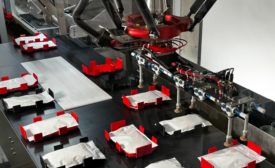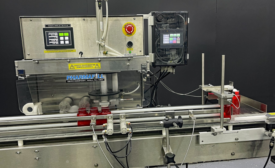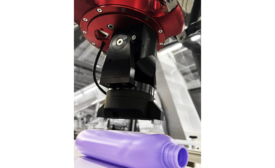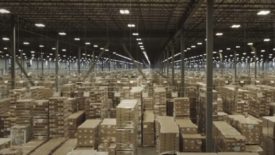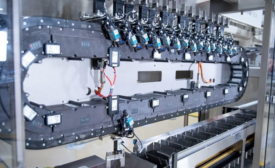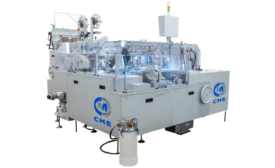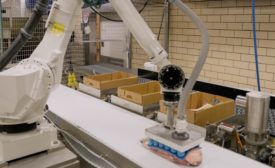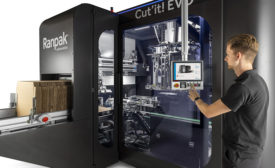Automation/Controls
SUSTAINABILITY
Automation: Beyond Labor Reduction
Ranpak, a leading provider of systems-based, product protection solutions for e-commerce and industrial supply chains, outlines in this article the many ways that automation can contribute to sustainability
August 4, 2023
Keep the info flowing with our eNewsletters!
Get the latest industry updates tailored your way.
JOIN TODAY!Copyright ©2025. All Rights Reserved BNP Media.
Design, CMS, Hosting & Web Development :: ePublishing

